How to: Link User Stories to the Value Proposition Canvas

How do you know that the items in your Product Backlog are about solving a customer’s problem? How can you involve the whole team is working on a plan for validating your assumptions about a problem your customer may have and a possible solution you could build?
At the #PoDojo we have experimented with Alexander Osterwalder’s tool ‘Value Proposition Canvas’. We found it a great tool to get your thoughts about the customer problem and the solution organized within a team, and a helpful launchpad to craft user stories for your Product Backlog to be used in release planning of your prototype or minimal viable product.
Interviewing and observing real users is essential and we highly recommend you and your team do some empathy work before filling the Value Proposition Canvas the first time. When you come back from data gathering outside the building, gather your team for a quick brainstorming session in front of a Value Proposition Canvas. Either use a large printout or make a drawing on a whiteboard.
If you do a drawing bring some A4 printouts so that everyone has the questions at hand. Make sure everyone has enough PostIts, writes clearly, puts down one thought per PostIt and uses an easy to read (uppercase!) headline.
Now work yourself from ‘Jobs’ your customer is trying to get done with to ‘Pains’ and/or ‘Gains’ - either may work depending on your domain. Then jump to products and services and from there towards Pain Relievers and Gain Creators. Use timeboxing to keep everyone moving.
We found that depending on complexity of your domain and maturity of your team something between 15 minutes for the whole Value Proposition Canvas and 5-10 Minutes for a segment on the canvas works well. You have to iterate over the canvas anyway and if your team slightly feels uncomfortable about the level of detail you probably have all you need for this step sticked to the canvas so move on.
Writing user stories can now be an exercise for the whole team since you have shared all the required knowledge when co-creating a model of your value proposition in the group.
Also writing user stories is straightforward when you use this mapping to the elements of the Value Proposition Canvas as a starting point: “As a <type of user>, I want <Pain Reliever or Gain Creator> so that <solve a Pain or Gain something>”.

Everyone will have a shared understanding of what’s on the card since you had the conversation using the Value Proposition Canvas and you may choose in an additional round, e.g. ‘Product Backlog Grooming’, to fill in acceptance criteria so that everyone shares an understanding of what needs to be done, the confirmation part of a good user story.
In our next articles we will cover how to create a User Story Map for organizing your Product Backlog in a more intuitive way and how to prioritize your user stories for validation of your model.
Follow up: How to: Empathy Map.
References
Essential XP: Card, Conversation, ConfirmationAdvantages of the “As a user, I want” user story template
Achieve Product-Market Fit with our Brand-New Value Proposition Designer Canvas
Test Your Value Proposition: Supercharge Lean Startup and CustDev Principles
